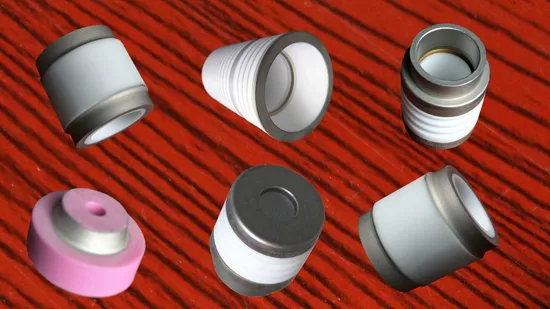
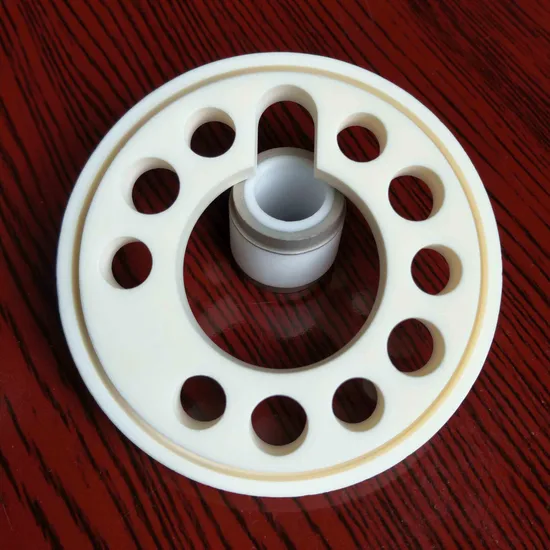
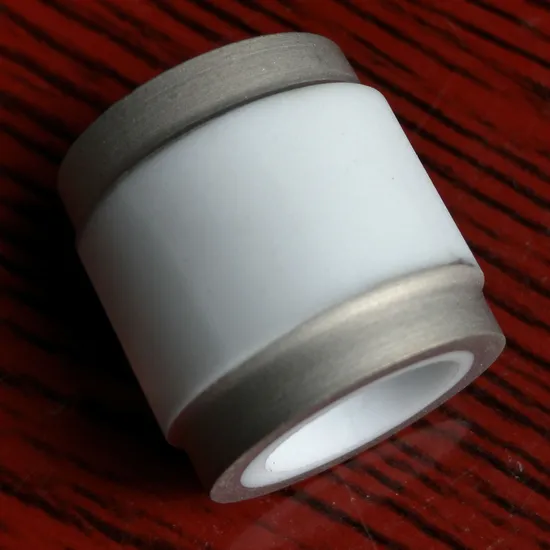
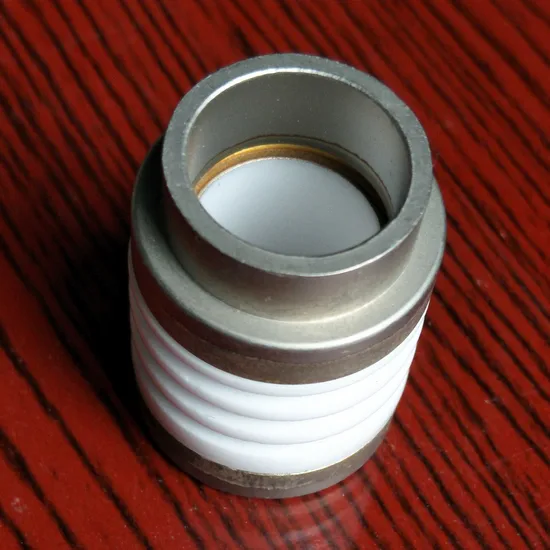
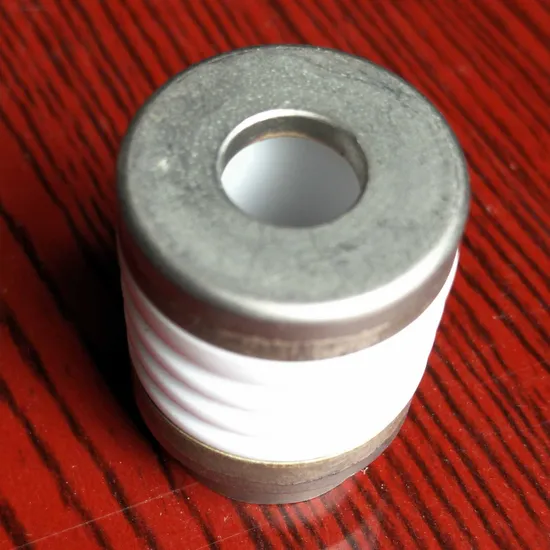

Preview
基本信息产品详情证书
基本信息
| 型号 | 金属氧化铝陶瓷 |
| 最大电压 | 大于100千伏 |
| 热评 | 零下260摄氏度至零上450摄氏度 |
| 化学 | 无机绝缘体 |
| 分类 | 无机绝缘材料 |
| 类型 | 非标准 |
| 认证 | Sgj |
| 品牌 | Sgj |
| 运输包 | 独立包装 |
| 规格说明 | 非标准 |
| 商标 | SGJ |
| 起源 | 中国 |
| 商品编码 | 六十九亿一千四百一十万 |
| 生产能力 | 每年一百万套 |
产品详情
Product Description
Preview
Industrial Ceramics
SGJ Metallized Alumina Ceramic easily Boding to Metal Utilizes Vacuum Brazing TechnologyMetallized Alumina Ceramic
Features:Vacuum brazing of ceramic and metal requires metal coating in the welding area of ceramic. It ensures good air tightness of metal and alumina metallized ceramic brazing joint in vacuum environment. We SGJ have our own unique patented solder formula to ensure the stability and reliability of our products...The key of Ceramic-Metal structure based on the vacuum tightness, so called sealing. And , Metallized ceramic bonding area Via vacuum brazing technology is the only solutionAlumina Manufacturing
Description:Alumina Ceramics can be produced in a wide range of purities with additives designed to enhance its properties. Typical purities range from 85 to 99.7% although Precision Ceramics generally work over 99.7% material.It can be injection molded, die pressed, isostatically pressed, slip cast and extruded. Once fired and sintered, it can only be machined using diamondgrinding methods but prior to sintering advanced green and biscuit machining techniques developed by Precision Ceramics allow more complex components to be manufactured using traditional machining methods. In addition Alumina can be readily joined to metals or other ceramics using metallising and brazing techniques.Alumina can be machined in green, biscuit, or fully dense states. While in the green or biscuit form it can be machined relatively easily into complex geometries. However, the sintering process that is required to fully densify the material causes the alumiuna body to shrink approximately 20%. This shrinkage means that it is impossible to hold very tight tolerances when machining alumina pre-sintering. In order to achieve very tight tolerances, fully sintered material must be machined/ground with diamond tools. In this process a very precise diamond coated tool/wheel is used to abrade away the material until the desired form is created. Due to the inherit toughness and hardness of the material, this can be a time consuming and costly process.Precision Ceramics specialises in tight tolerance, highly complex work and has extensive in-house machining facilities - including 4th & 5th axis machining centres, drilling, grinding, milling, polishing, sawing, tapping, threading and turning - to enable us to manufacture Alumina components to the highest specifications.Precision Ceramics is your Alumina machining specialist for your technical ceramic prototyping & manufacturing needs; we are always happy to use our many years of advanced ceramics experience to provide advice on materials, design, and application. If you would like to buy Alumina plates, rods, tubes or custom machined components, please contact SGJ for more details.Alumina Electrical CeramicsAlumina electrical ceramics have low dielectric constant, low dielectric loss, high insulation strength, high volume resistivity, good bending strength, high stability, high compressive strength and good cold and hot shock resistance. It is widely used in temperature controller, insulation parts, thermal equipment, electric heating equipment, iron structure building, shipbuilding and so on. Alumina is the most cost effective and widely used material in the family of engineering ceramics. Extremely High Purity, Temperature & Strength; Excellent Corrosion, High Strength, Wear Resistant, Electronic Insulating, Structural & Metalizing, Porous, Easily Degassed & Machinable. The raw materials from which this high-performance technical grade ceramic is made are readily available and reasonably priced, resulting in good value for the cost in fabricated alumina shapes.Glazed Alumina Ceramics is a kind of material based on alumina, which is used in thick film integrated circuits. Alumina ceramics have good conductivity, mechanical strength and high temperature resistance. Alumina ceramics are widely used. Because of its superior performance, it has been widely used in modern society to meet the needs of daily use and special performance.
SGJ 96% alumina is an easily metallisable
ceramic composition:
This material SGJ 96% alumina material is an excellent electrical insulator that can be metallised to facilitate high-temperature brazing of assemblies. This material features:
Very high volume resistivity
Low loss, constant high dielectric
High density, non-porous and vacuum tight
Resists abrasive wear and chemical attack
The fact that this material can be metallised
makes this a good choice for many ceramic to metal or brazed assemblies such as high-vacuum systems, laser equipment (gas, solid-state and waveguide), X-ray tubes and electron microscopes, microwave windows and insulators in medical and scientific equipment.SGJ 96% Alumina Ceramic Data Sheet:
Follow Products R&D by SGJ-International (Shaanxi Sgj International Co., Ltd.)
SGJ Metallized Alumina Ceramic easily Boding to Metal Utilizes Vacuum Brazing TechnologyMetallized Alumina Ceramic
Features:Vacuum brazing of ceramic and metal requires metal coating in the welding area of ceramic. It ensures good air tightness of metal and alumina metallized ceramic brazing joint in vacuum environment. We SGJ have our own unique patented solder formula to ensure the stability and reliability of our products...The key of Ceramic-Metal structure based on the vacuum tightness, so called sealing. And , Metallized ceramic bonding area Via vacuum brazing technology is the only solutionAlumina Manufacturing
Description:Alumina Ceramics can be produced in a wide range of purities with additives designed to enhance its properties. Typical purities range from 85 to 99.7% although Precision Ceramics generally work over 99.7% material.It can be injection molded, die pressed, isostatically pressed, slip cast and extruded. Once fired and sintered, it can only be machined using diamondgrinding methods but prior to sintering advanced green and biscuit machining techniques developed by Precision Ceramics allow more complex components to be manufactured using traditional machining methods. In addition Alumina can be readily joined to metals or other ceramics using metallising and brazing techniques.Alumina can be machined in green, biscuit, or fully dense states. While in the green or biscuit form it can be machined relatively easily into complex geometries. However, the sintering process that is required to fully densify the material causes the alumiuna body to shrink approximately 20%. This shrinkage means that it is impossible to hold very tight tolerances when machining alumina pre-sintering. In order to achieve very tight tolerances, fully sintered material must be machined/ground with diamond tools. In this process a very precise diamond coated tool/wheel is used to abrade away the material until the desired form is created. Due to the inherit toughness and hardness of the material, this can be a time consuming and costly process.Precision Ceramics specialises in tight tolerance, highly complex work and has extensive in-house machining facilities - including 4th & 5th axis machining centres, drilling, grinding, milling, polishing, sawing, tapping, threading and turning - to enable us to manufacture Alumina components to the highest specifications.Precision Ceramics is your Alumina machining specialist for your technical ceramic prototyping & manufacturing needs; we are always happy to use our many years of advanced ceramics experience to provide advice on materials, design, and application. If you would like to buy Alumina plates, rods, tubes or custom machined components, please contact SGJ for more details.Alumina Electrical CeramicsAlumina electrical ceramics have low dielectric constant, low dielectric loss, high insulation strength, high volume resistivity, good bending strength, high stability, high compressive strength and good cold and hot shock resistance. It is widely used in temperature controller, insulation parts, thermal equipment, electric heating equipment, iron structure building, shipbuilding and so on. Alumina is the most cost effective and widely used material in the family of engineering ceramics. Extremely High Purity, Temperature & Strength; Excellent Corrosion, High Strength, Wear Resistant, Electronic Insulating, Structural & Metalizing, Porous, Easily Degassed & Machinable. The raw materials from which this high-performance technical grade ceramic is made are readily available and reasonably priced, resulting in good value for the cost in fabricated alumina shapes.Glazed Alumina Ceramics is a kind of material based on alumina, which is used in thick film integrated circuits. Alumina ceramics have good conductivity, mechanical strength and high temperature resistance. Alumina ceramics are widely used. Because of its superior performance, it has been widely used in modern society to meet the needs of daily use and special performance.
SGJ 96% alumina is an easily metallisable
ceramic composition:
This material SGJ 96% alumina material is an excellent electrical insulator that can be metallised to facilitate high-temperature brazing of assemblies. This material features:
Very high volume resistivity
Low loss, constant high dielectric
High density, non-porous and vacuum tight
Resists abrasive wear and chemical attack
The fact that this material can be metallised
makes this a good choice for many ceramic to metal or brazed assemblies such as high-vacuum systems, laser equipment (gas, solid-state and waveguide), X-ray tubes and electron microscopes, microwave windows and insulators in medical and scientific equipment.SGJ 96% Alumina Ceramic Data Sheet:
Follow Products R&D by SGJ-International (Shaanxi Sgj International Co., Ltd.)
Preview
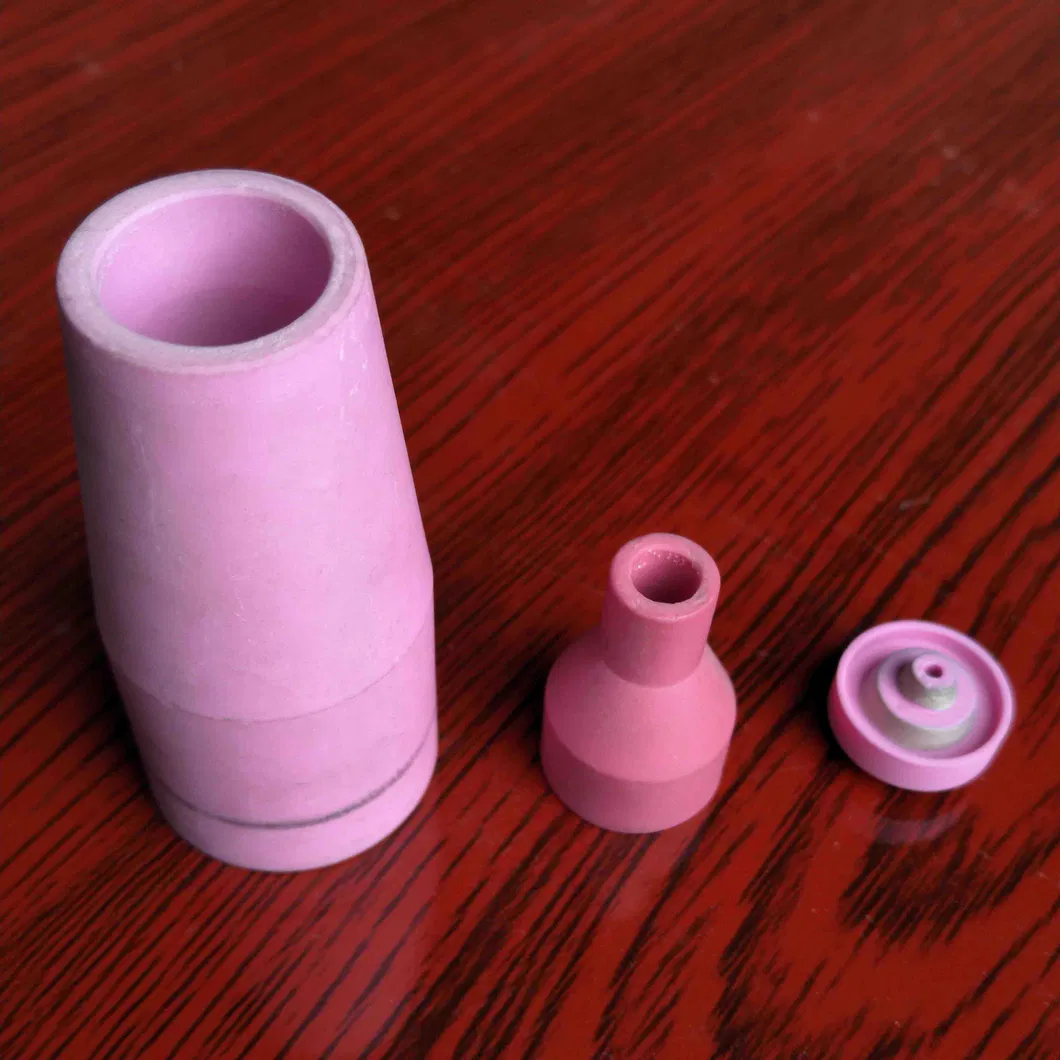
Preview
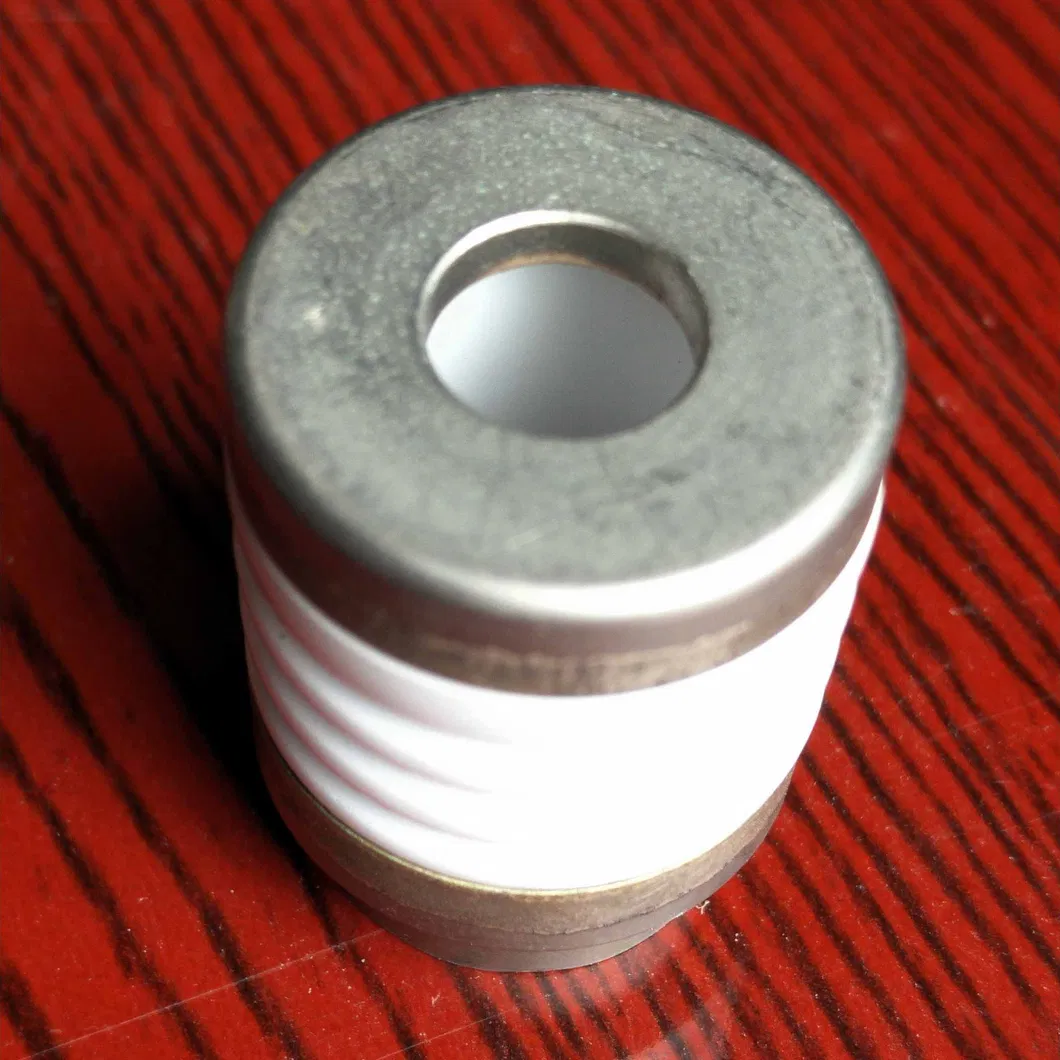
Preview
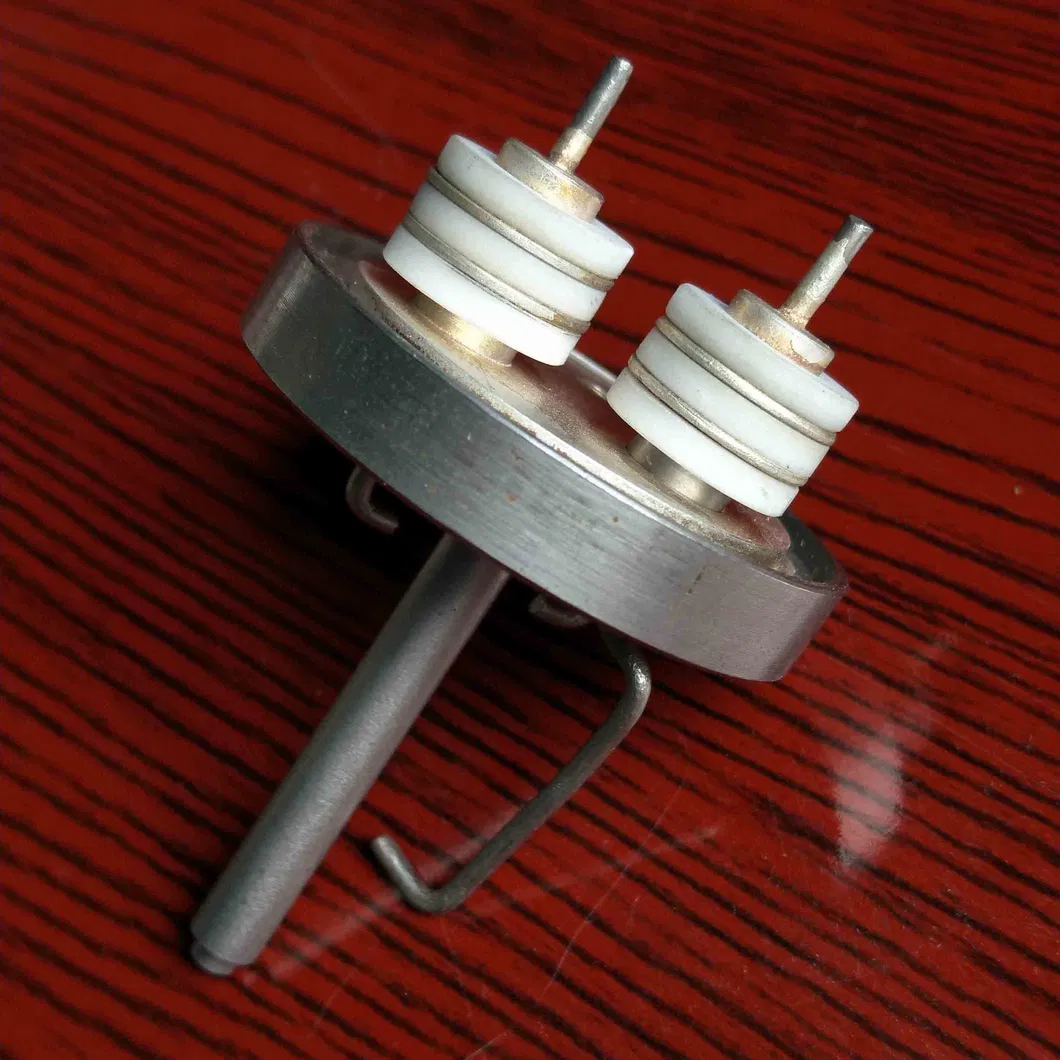
Preview
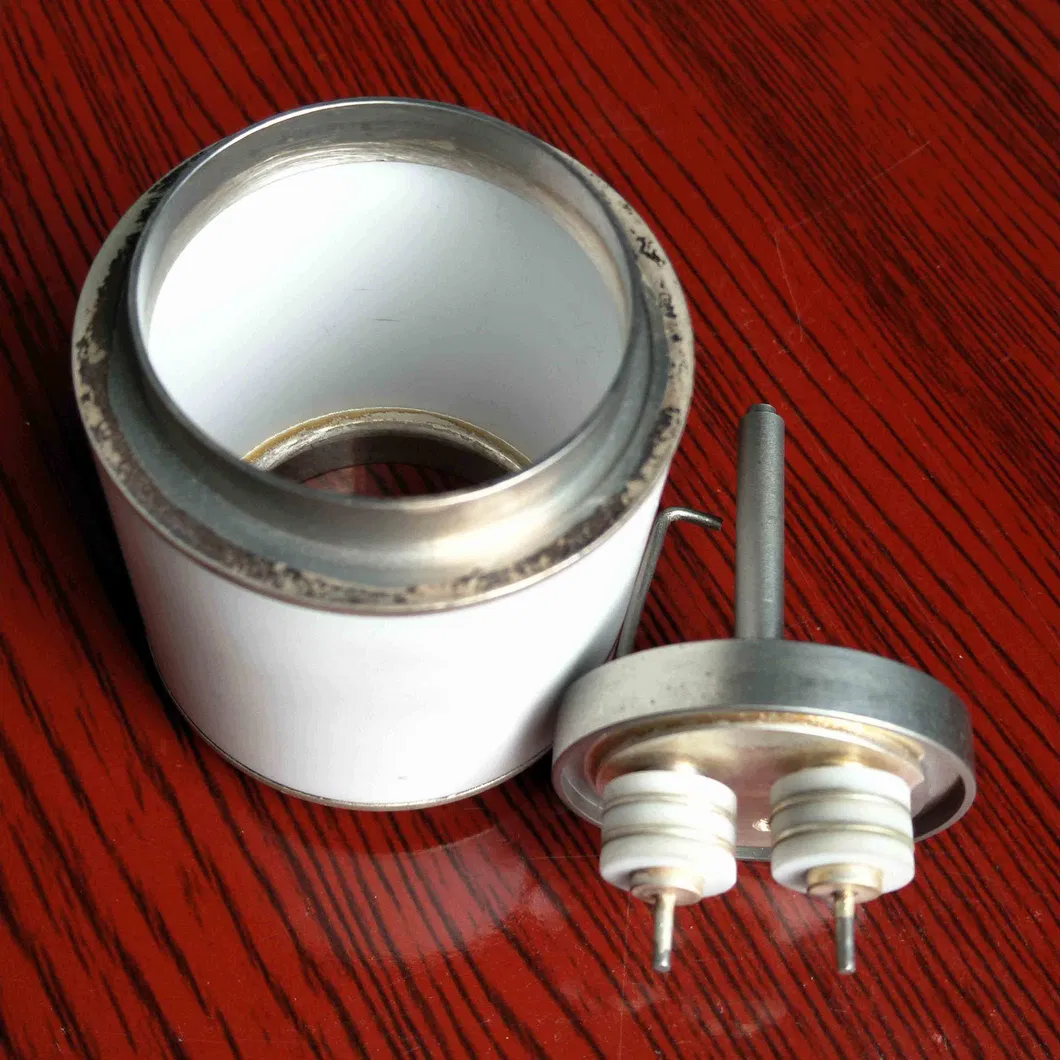
Preview
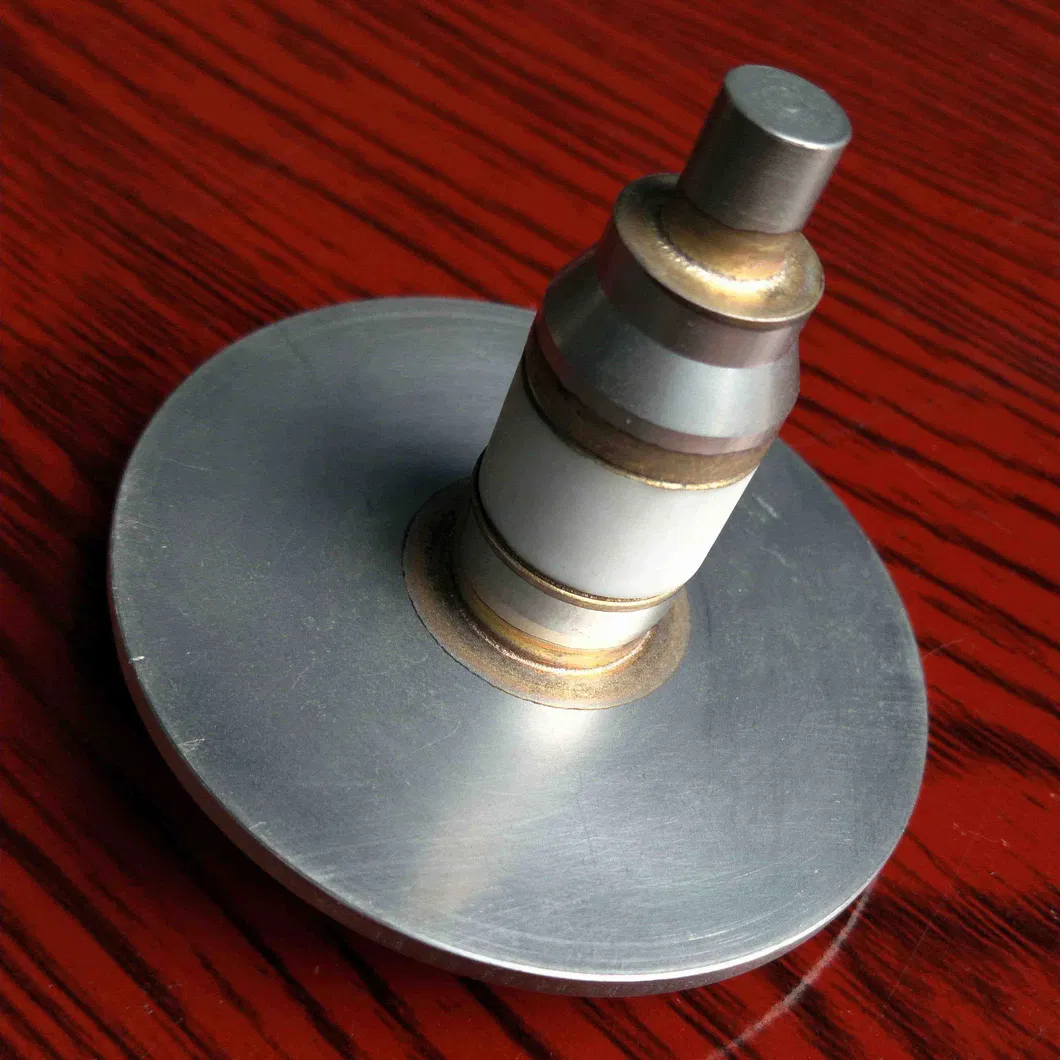
Preview
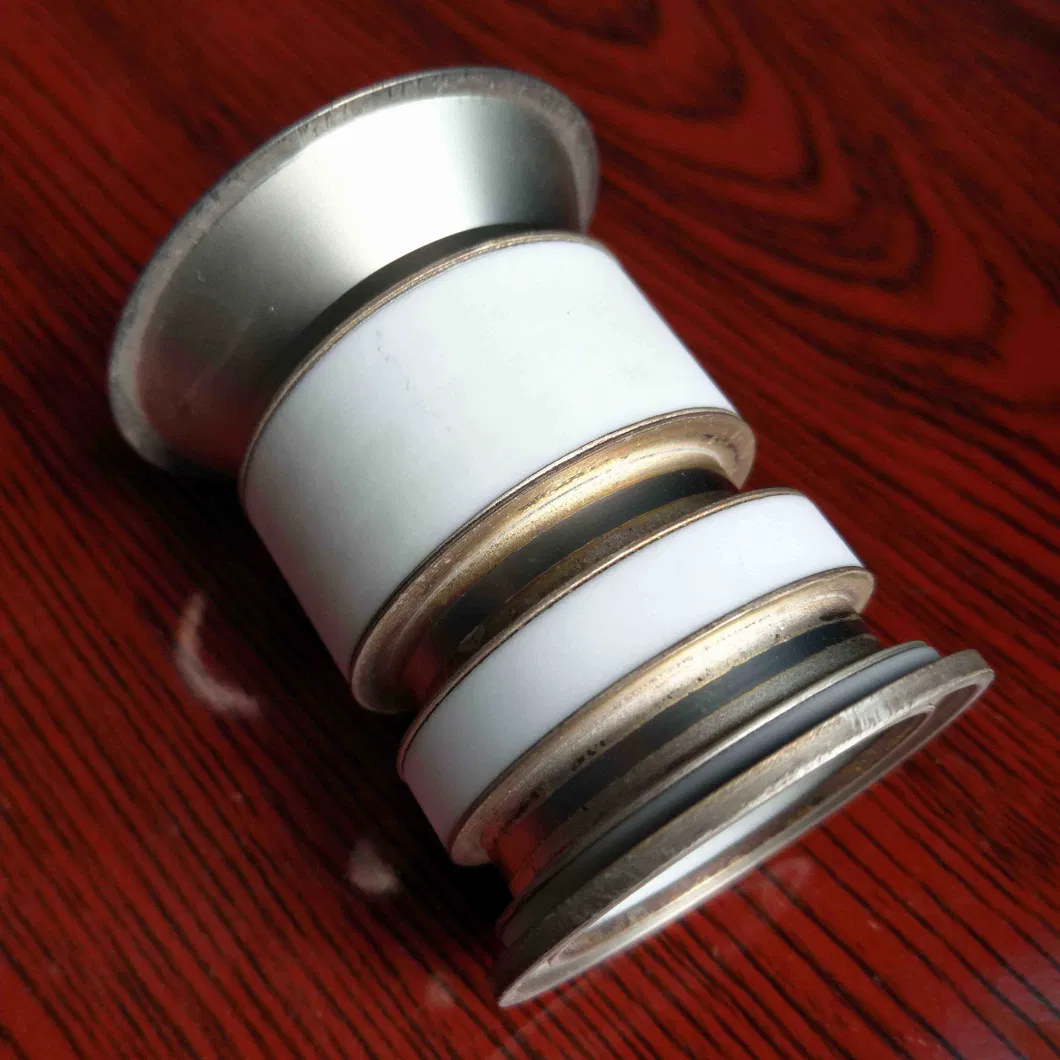
Preview
证书
标题:www.sgj-international.com

Preview
采用真空钎焊技术将SGJ金属氧化铝陶瓷材料容易地与金属结合
价格待议
消费电子产业链 · 绝缘 · 其他绝缘材料
型号金属氧化铝陶瓷
品牌Sgj
产地中国


 西安
西安  已认证
已认证




